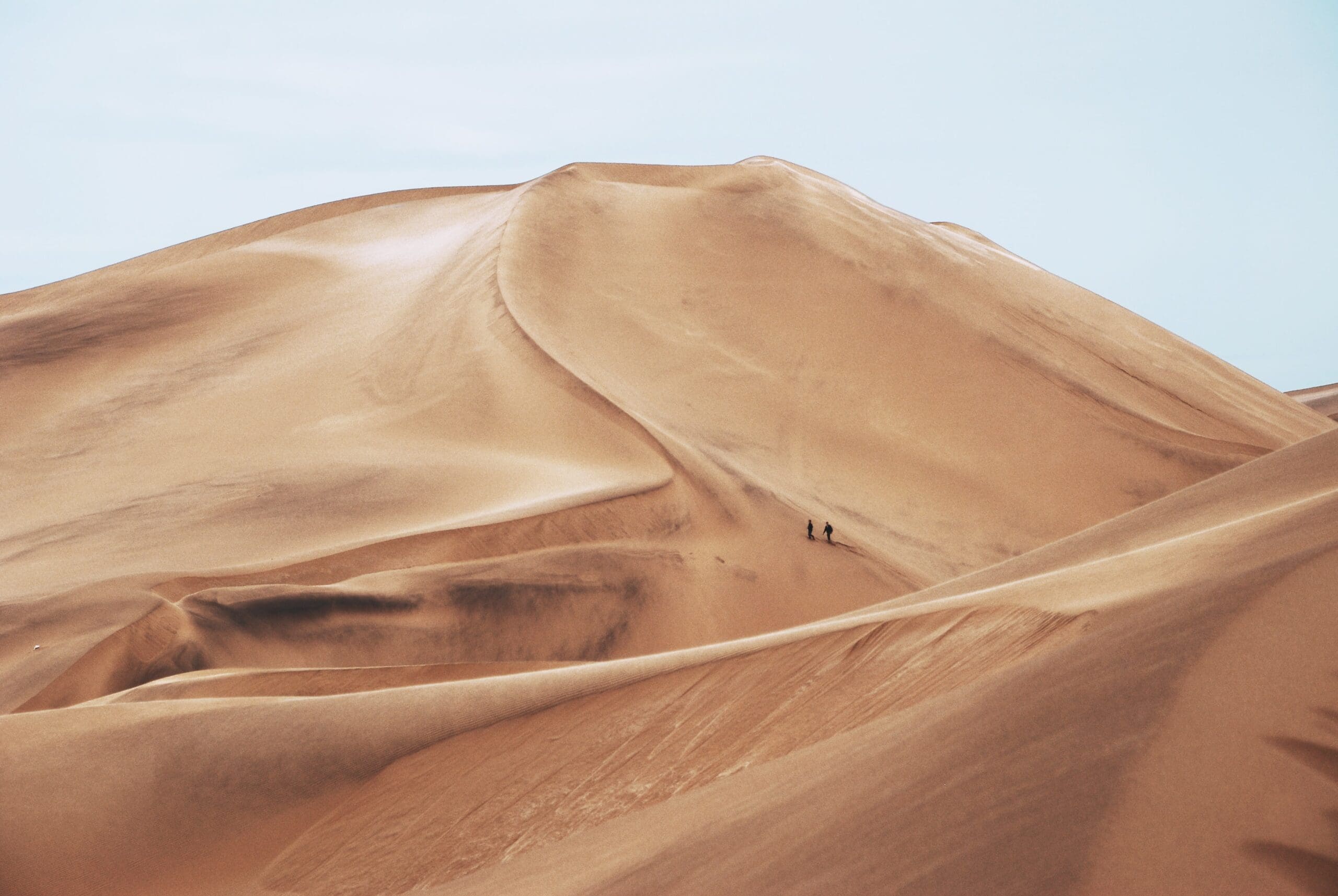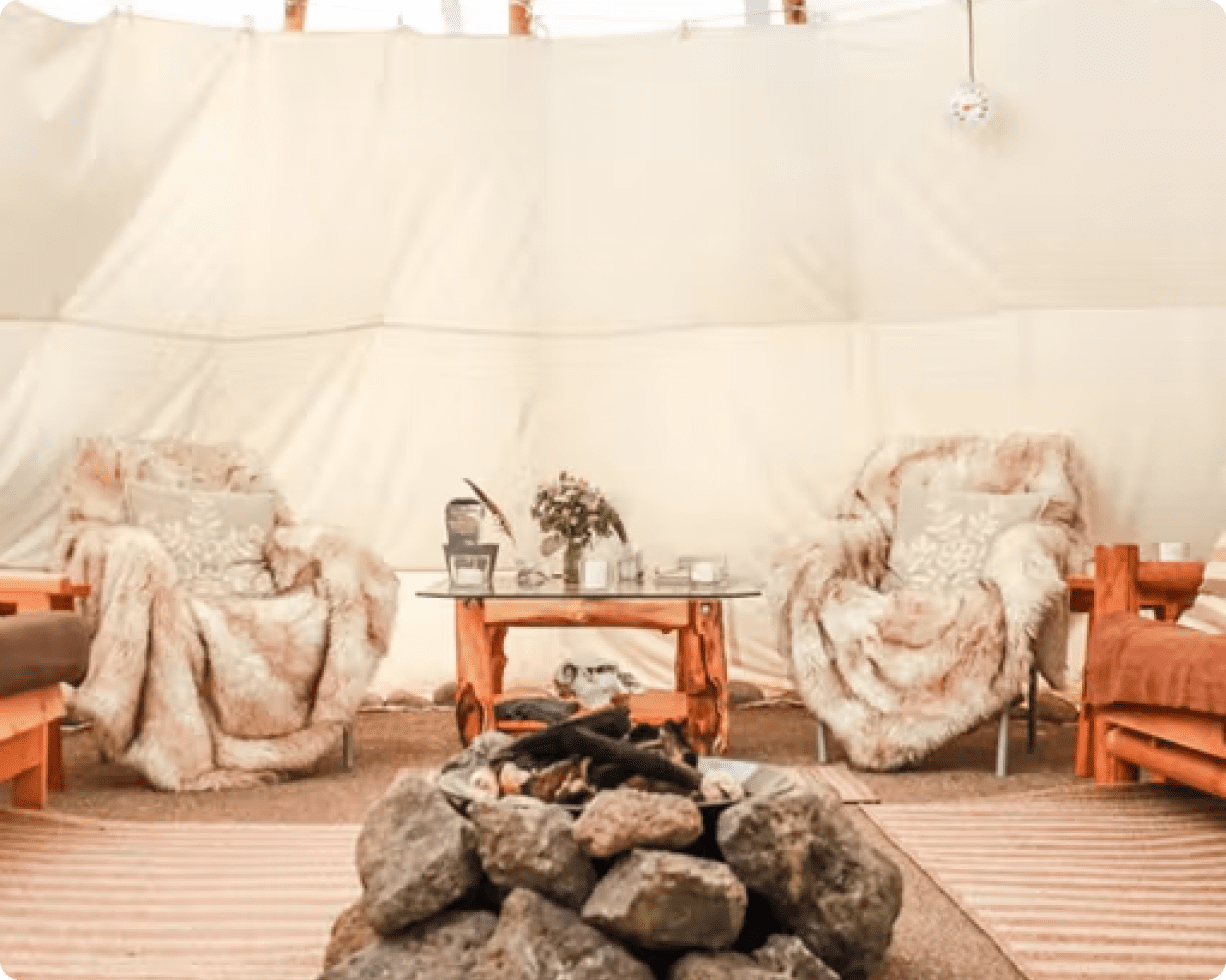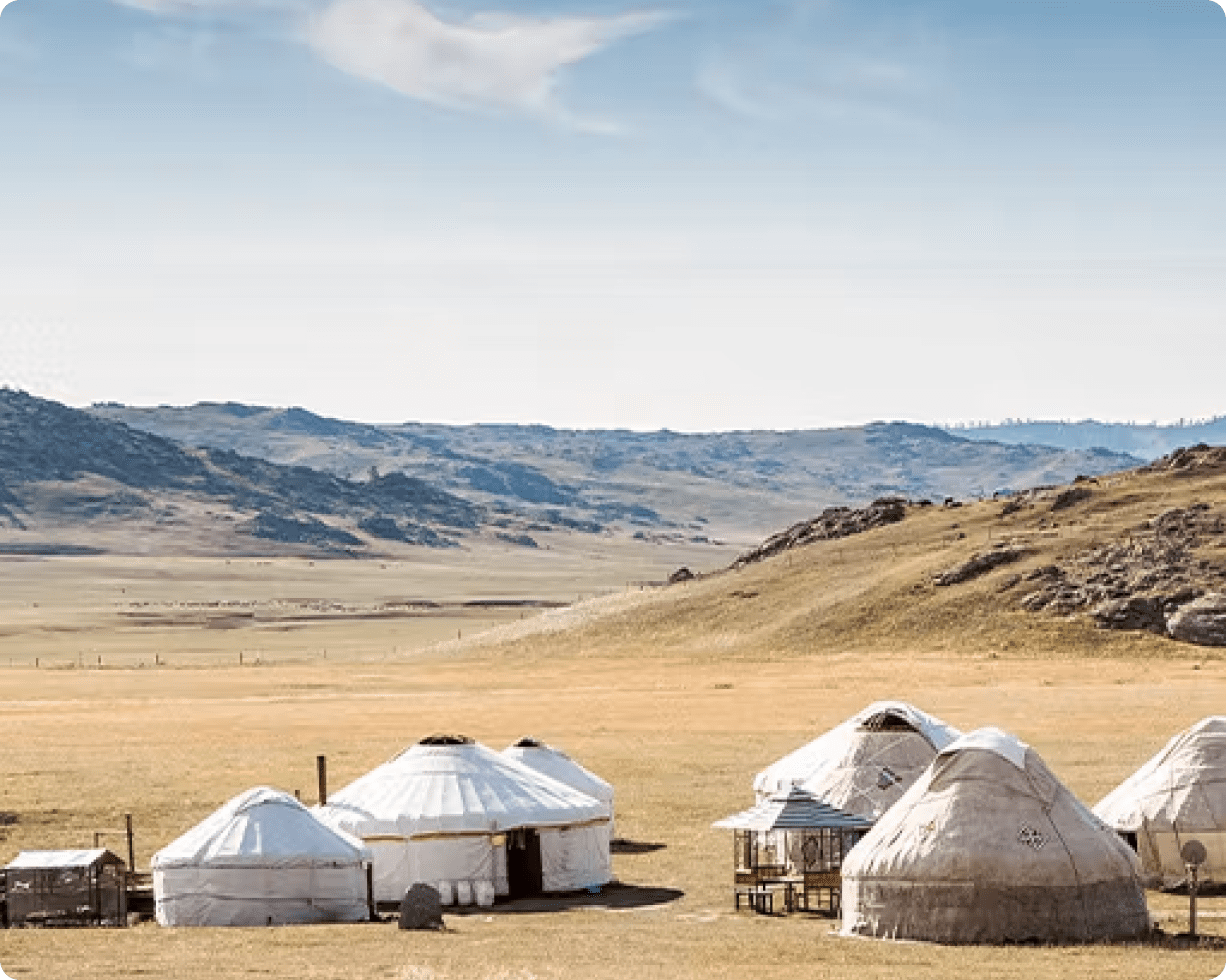Menu
The Patagonian steppe is a vast grassland located in Patagonia, a region in southern South America that spans parts of Argentina and Chile. The Patagonian steppe is known for its harsh and dry climate, which is characterized by strong winds, low precipitation, and cold temperatures. Despite these challenging conditions, the Patagonian steppe is home to a variety of plant and animal life, including species of grasses, shrubs, and cacti, as well as mammals such as guanacos and maras, and birds like flamingos and rheas. The Patagonian steppe is also an important resource for livestock farming and agriculture, with crops such as wheat, barley, and alfalfa being grown in the region.
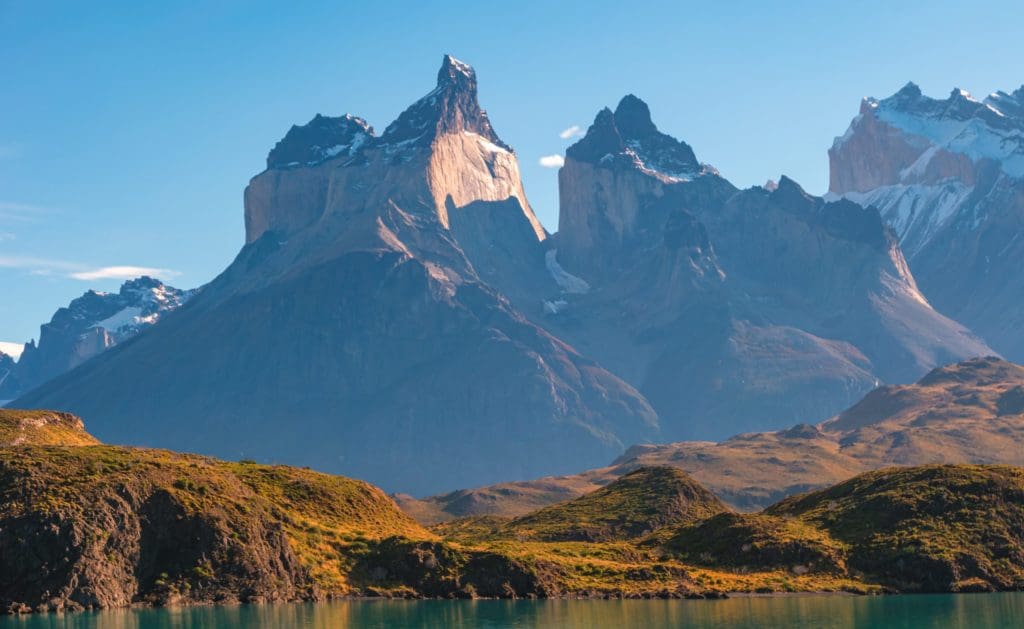
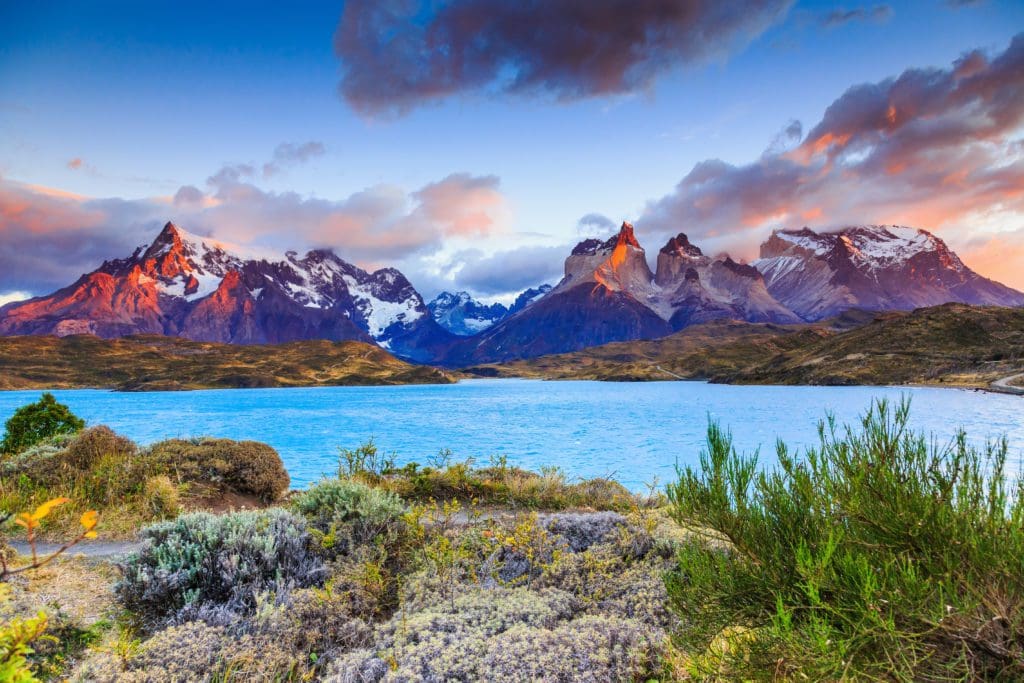
There are many things that make the Patagonian steppe a unique and interesting destination. One of the most notable features of the Patagonian steppe is its expansive and unspoiled landscapes, which offer visitors the opportunity to experience a true wilderness.
The Patagonian steppe is known for its rich cultural history, with indigenous communities living in the region for centuries and shaping the landscape and culture of the area. Other attractions in the Patagonian steppe include national parks, such as Torres del Paine National Park in Chile, which offer hiking, climbing, and other outdoor activities, as well as a chance to observe the local flora and fauna.
If you are planning to visit the Patagonian steppe to participate in outdoor activities, such as hiking or wildlife viewing, you may want to allow for several days to fully experience the region. The Patagonian steppe is home to a number of national parks and other protected areas, each with its own unique features and attractions, so you may want to allow for enough time to visit multiple parks or other destinations. Additionally, if you are planning to visit the Patagonian steppe during the winter months, you may want to allow for additional time to account for potentially colder and wetter weather conditions. Ultimately, the amount of time you will need to visit the Patagonian steppe will depend on your individual interests and travel style.
The Patagonian steppe can be a suitable destination for all ages and families, depending on the specific activities and attractions that are of interest. The Patagonian steppe is home to a number of national parks and other protected areas that offer a range of outdoor activities, such as hiking, birdwatching, and wildlife viewing, which can be enjoyed by people of all ages. The Patagonian steppe is also home to a number of small towns and villages that offer a glimpse into the region’s cultural history and way of life, which may be of interest to families with children. However, it is important to note that the Patagonian steppe has a harsh and dry climate, with strong winds and low temperatures, which may not be suitable for everyone, particularly in the winter months. Additionally, the region is known for its rugged and remote terrain, which may not be suitable for people with mobility issues.
